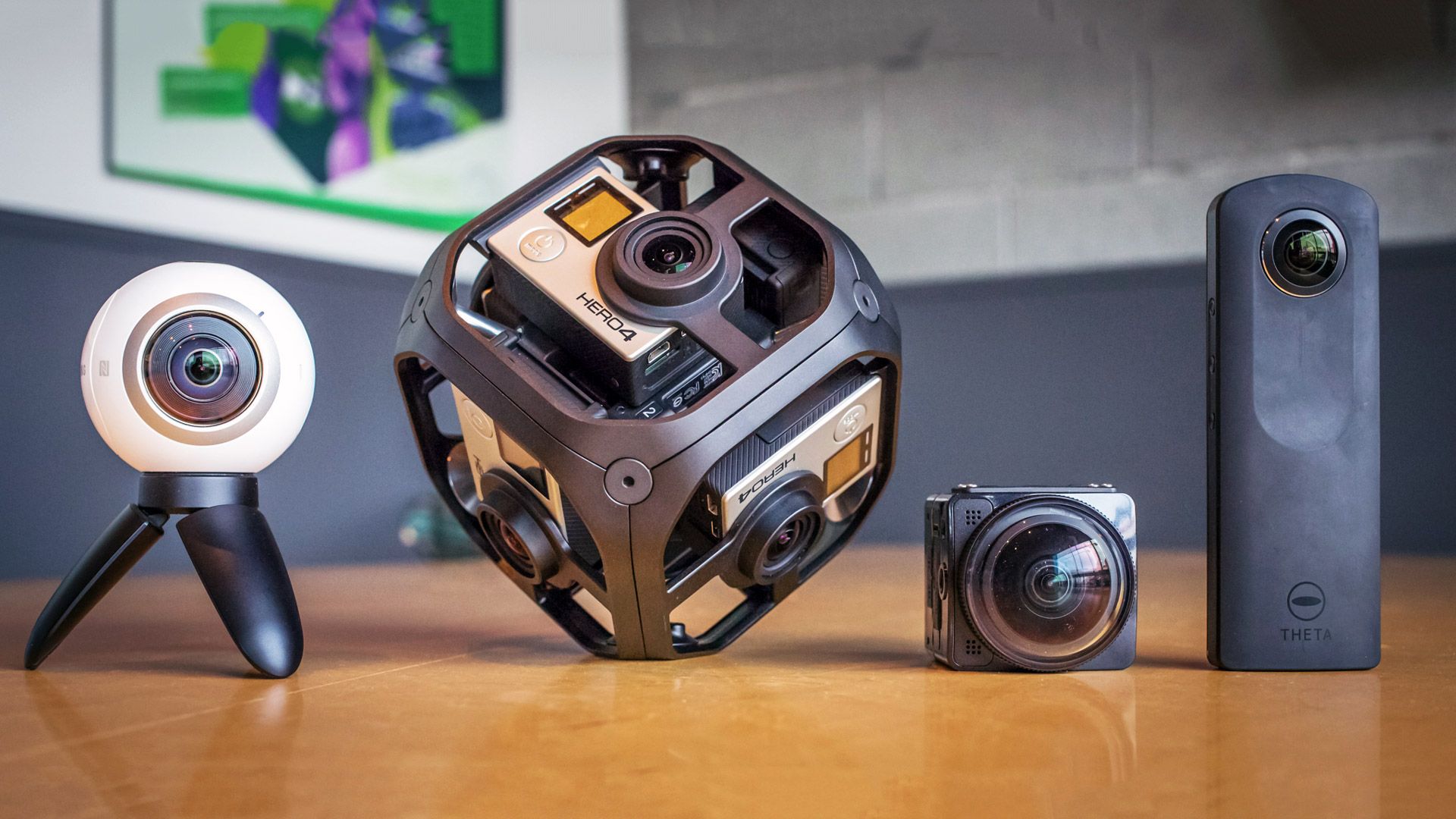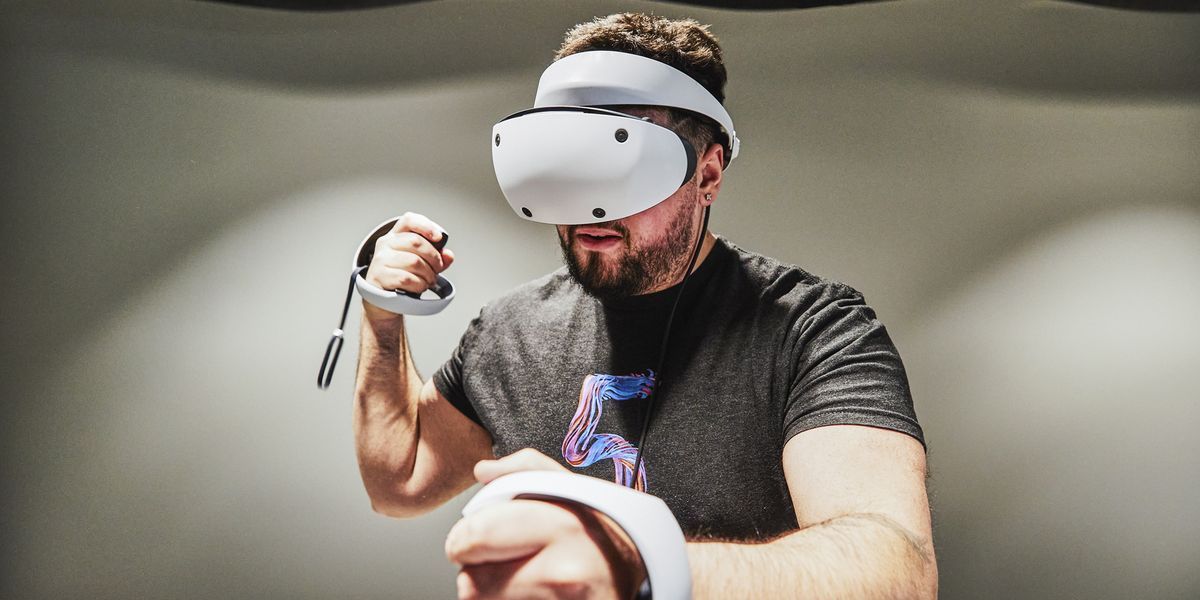
There are two main types of tracking systems used in VR headsets: inside-out tracking and outside-in tracking. Inside-out tracking uses cameras on the headset to track the position of the user's head and controllers in space. The cameras typically emit infrared light, which is reflected by the user's head and controllers. The headset then uses this information to calculate the position and orientation of the user's head and controllers.
Outside-in tracking uses sensors on the headset and controllers to track the position of the user's head and controllers in space. The sensors typically use infrared light or magnetic fields to track the position of the user's head and controllers. Both inside-out tracking and outside-in tracking have their advantages and disadvantages.
Inside-out tracking is more convenient than outside-in tracking because it does not require any external sensors. However, inside-out tracking can be less accurate than outside-in tracking, especially in low-light conditions. Outside-in tracking is more accurate than inside-out tracking, but it requires the use of external sensors. This can make outside-in tracking less convenient than inside-out tracking.
Here is a more detailed explanation of how inside-out tracking works:
- The cameras on the headset emit infrared light.
- The infrared light is reflected by the user's head and controllers.
- The cameras on the headset detect the reflected infrared light.
- The headset uses the information from the cameras to calculate the position and orientation of the user's head and controllers.

The headset uses a variety of algorithms. These algorithms take into account the following factors:
- The position of the cameras on the headset.
- The angle at which the cameras are pointing.
- The amount of infrared light that is reflected by the user's head and controllers.
- The movement of the user's head and controllers.
The headset then uses this information to update the user's view of the VR world.
Inside-out tracking is a complex process, but it is essential for creating a realistic and immersive VR experience.
By tracking the position and orientation of the user's head and controllers, inside-out tracking allows the user to interact with the VR world in a natural and intuitive way.




